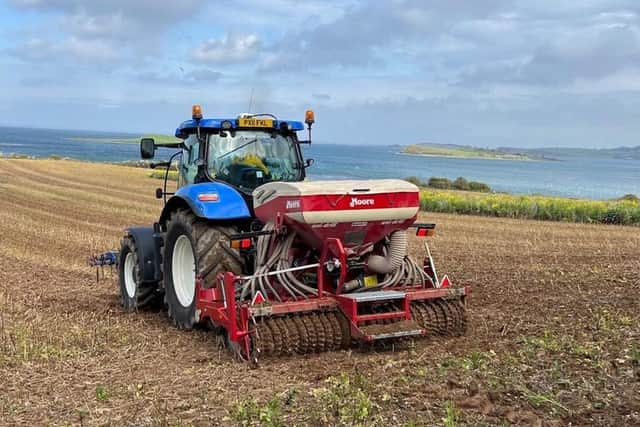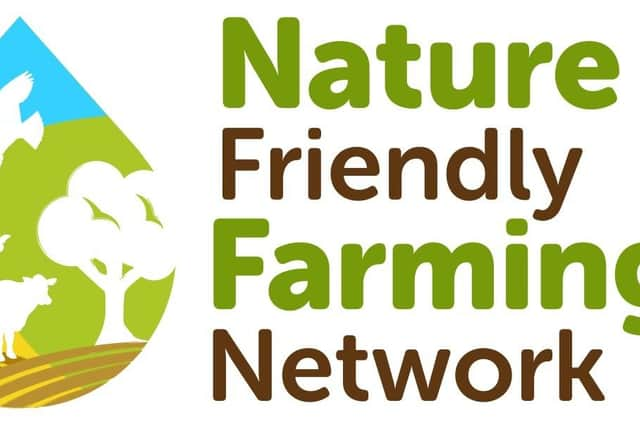Spring Cropping: again, a viable alternative?
and live on Freeview channel 276
In the quest to maximise financial returns, winter cropping became increasingly popular. With improved yields and normally easier autumn ground conditions, many farmers have moved away from traditional spring cropping.
However, the recent steep rise of crop input costs has made some farmers question whether winter cropping still makes good economic and practical sense.
Advertisement
Advertisement
Recent weather patterns, as a result of climate change, have had severe consequences for all farmers. Spring and summer droughts have severely affected crop yields in recent years, compounded by excessive rainfall.


Extreme winter rainfall can result in severe soil erosion and run-off issues with winter crops. The loose soil has been recently cultivated, and there are no weed roots to help to bind the soil together, resulting in sediment often running down public roads and into waterways.
Spring cropping overall requires less fertiliser and spray applications, thereby reducing costs which in many cases make up for the financial impact of reduced yield. Spring cropping is one of the lowest carbon-emitting farm enterprises and can reduce the farm’s carbon footprint.
Many farmers are moving towards ways of growing crops that reduce their costs and carbon footprint. Min-till is a term that embraces a range of different crop establishing techniques, but they all aim to reduce the number of machinery actions and the inputs required. Growing cover crops following harvest, including Vetch, Clover, and Phacelia, can significantly assist soil structure, adding nutrients and retaining moisture. I have incorporated both of these techniques this year on my farm, and the results have been promising so far. DAERA’s Farm Business Improvement Scheme provides opportunities for farmers to make the change.
Advertisement
Advertisement
Spring cropping also benefits biodiversity. A walk over a stubble field in winter will show how many birds feed on the left-over seed and invertebrates allowed to remain in the undisturbed soil.


On our farm, we’ve seen an increase in endangered species such as Yellowhammer, Larks and Linnets by providing this simple resource over the winter.
Over-wintered stubbles are an option under the Environmental Farming Scheme, which will be replaced by the new Farming with Nature Scheme. Under this EFS option, farms entered into the scheme and on fields left uncultivated post-harvest until 15 February of any given year are eligible for £85/Ha payment. This payment level was set many years ago, and if it were updated to a viable level, it would once again become attractive for farmers to consider spring cropping.
Spring cropping may not be an option for all farmers, but if properly managed and encouraged by DAERA, it could become a valuable tool in helping to reverse the loss of biodiversity and wildlife on our farms, help protect our soils and deliver ambitious climate action